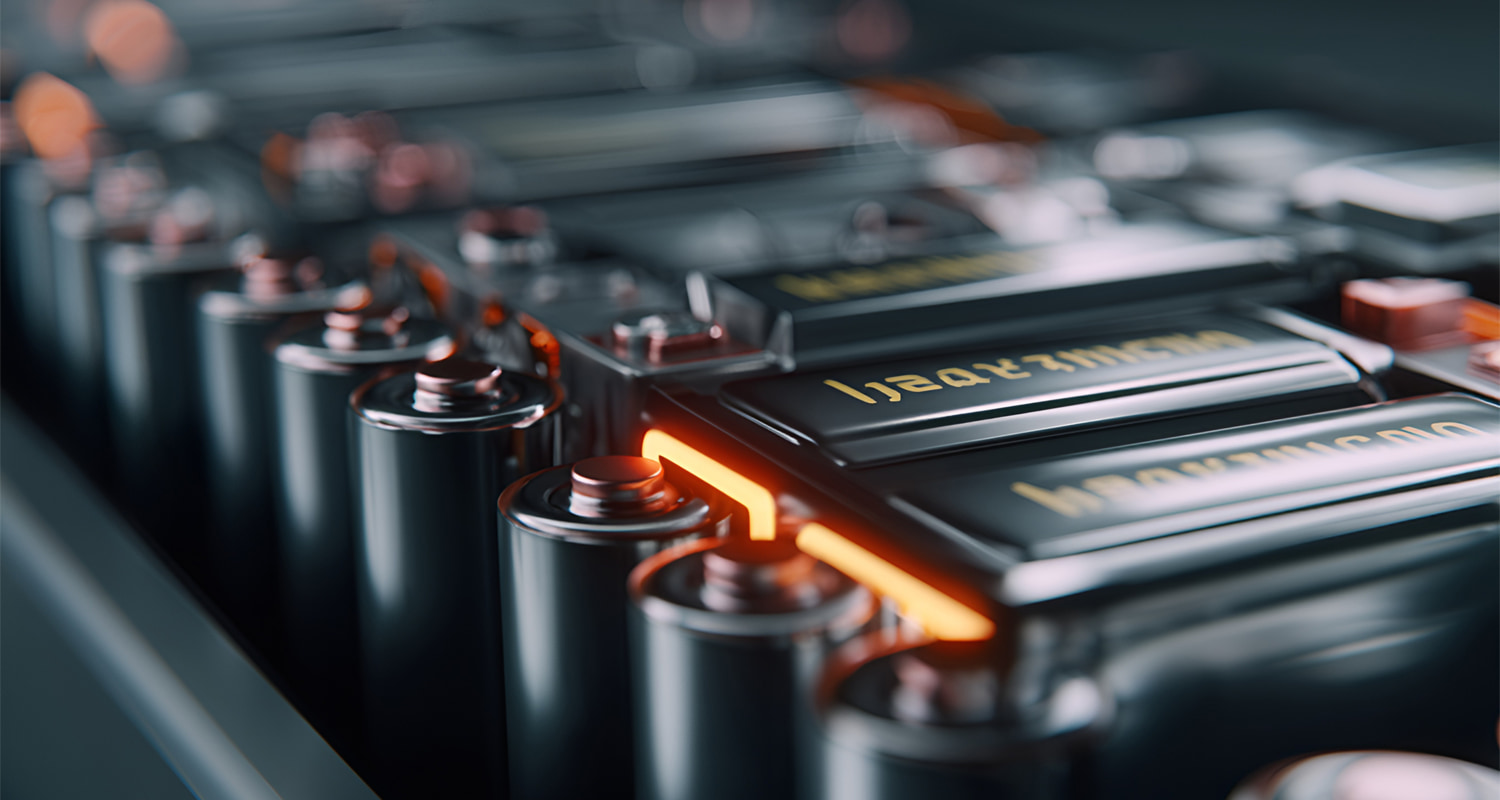Power Bank Safety Crisis: Are Banned Units Flooding Second-Hand Markets & Threatening Energy Storage?
Jul 04, 2025
With the fermentation of the "power bank recall incident", the battery safety issue has once again been pushed to the forefront.
Recently, due to the battery safety issues of power banks, the Civil Aviation Administration issued a notice prohibiting passengers from carrying power banks without 3C logos, unclear 3C logos, recalled models or batches on domestic flights.
Due to the frequent occurrence of global aviation accidents in recent years, aviation safety has also become a focus of attention. This year, there have been several aviation safety accidents caused by power banks alone.
• On January 28, a Busan Air plane caused a fire accident due to a power bank in the passenger's luggage, causing the aircraft luggage rack to burn through and the fuselage to be seriously damaged;
• On March 20, a Hong Kong Airlines flight from Hangzhou to Hong Kong, the power bank in the luggage rack burned and caused the luggage rack to catch fire, and the flight later made an emergency landing at Fuzhou Changle Airport.
So far, 15 incidents of passenger power banks catching fire and smoking have occurred in China's civil aviation in 2025, posing a serious threat to aviation safety and the lives and property of passengers.
According to statistics from VariFlight, Shenzhen Bao'an Airport, Changsha Huanghua Airport, Nanchang Changbei Airport, Shenyang Taoxian Airport, Qingdao Jiaodong Airport, Harbin Taiping Airport, Daqing Sartu Airport, Lijiang Sanyi Airport and other airports have begun to strictly check the recalled power banks and do not allow them to be carried on board. As a result, a large number of power banks that did not meet the standards were confiscated at major airports.
How to ensure battery safety?
The current safety issues of power banks have spread to shared power banks that can be seen everywhere on the streets. It is understood that some shared power banks that are currently everywhere do not have 3C logos on the body of some devices.
At present, the two power bank brands most affected on the market, ROMOSS and Anker Innovations, have issued recall notices. It is understood that the number of products recalled by ROMOSS is close to 500,000 units. Anker Innovations also announced that it would recall more than 1.8 million products worldwide.
As battery safety becomes more and more serious, its battery cell supplier, Amprius, has also become the target of public criticism.
Amprius is a pioneer in advanced energy storage materials in the United States, and a developer and manufacturer of new lithium battery materials and lithium batteries. Amprius (Wuxi) Co., Ltd. was jointly funded by a wholly-owned subsidiary of Amprius in the United States and Wuxi Industrial Development Group Co., Ltd., and is mainly engaged in the production and sales of consumer lithium-ion batteries and their components.
Regarding this incident, Amprius responded to the media and said: "It is still under investigation and there is no way to give a conclusion at present.
The frequent occurrence of power bank safety accidents is mainly due to factors such as low cost, low awareness, and low quality control standards.
It is understood that at the technical level, the problem of thermal runaway of battery cells is difficult to be completely controlled in the short term. The assembly plant needs to conduct 50-400 cycle tests to discover risks (far more than the conventional 5-10 tests), which forces the battery cell factory to strengthen the control of material suppliers, such as positive and negative electrode materials and materials used for diaphragms.
Compared with power and energy storage batteries, battery technology has diverged in different application fields. The material system used in power banks is somewhat different from that of automobiles or mobile phones. Automobiles mainly use ternary batteries and iron-lithium battery systems, and most mobile phone batteries use lithium cobalt oxide systems; a small number of power banks use lithium cobalt oxide, and some are ternary batteries plus lithium manganese oxide systems, and most use ternary battery systems.
At present, the competition in the power bank market is also very fierce. According to relevant reports, Xiaomi, Anker, and ROMOSS have all entered the market. , Huawei, Bull and other well-known brands compete for market share through technological innovation, brand cooperation and pricing strategies. At the same time, as consumers' requirements for product quality and performance increase, market competition is gradually developing in the direction of branding and centralization. Well-known brands and large enterprises will occupy a larger market share, while small enterprises and miscellaneous products face survival pressure.
In power bank products, the cost of the battery cell accounts for as much as 40%-60% of the whole machine, but as the price of power banks becomes more and more competitive, in order to maintain profits, coupled with the increasing price pressure on suppliers by brand owners, some companies are forced to move towards a lower-cost OEM road, and the actual control of quality control by OEM factories is difficult to guarantee.
The emergency notice of the Civil Aviation Administration of China is a necessary response measure, but in the long run, power bank safety requires a more systematic governance plan. On the one hand, it is necessary to strictly control production, strengthen the dynamic supervision of 3C certification, and deter manufacturers who cut corners and sell inferior products; on the other hand, it is necessary to improve the full-chain traceability mechanism to ensure that problematic products can be recalled efficiently and safely.